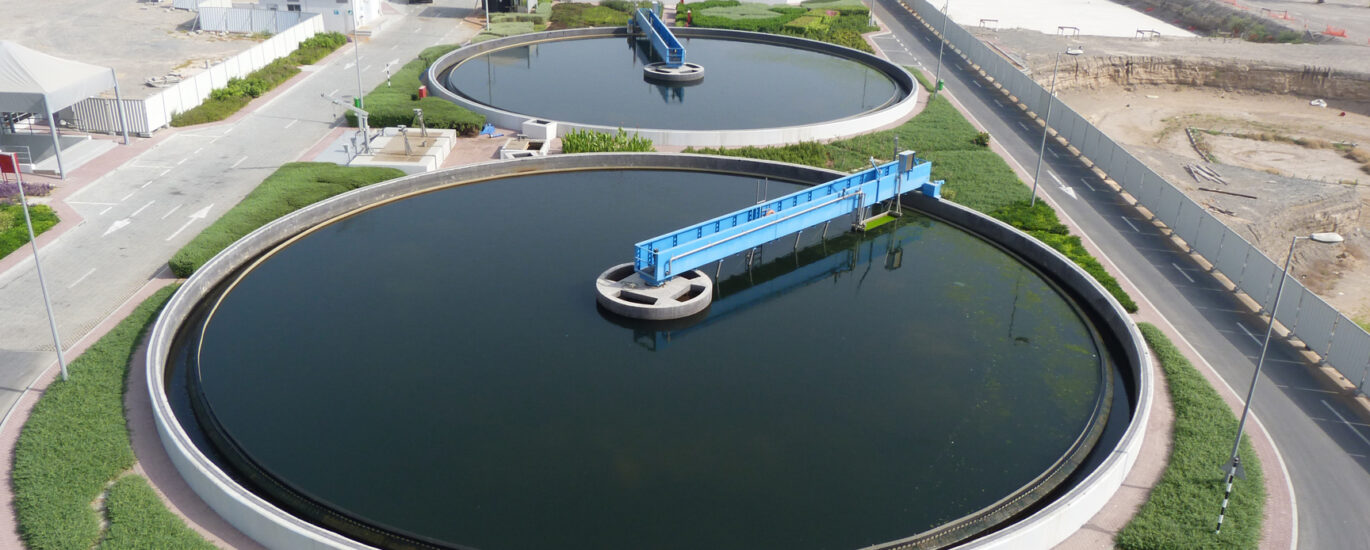According to forecasts, the Sludge Treatment Chemicals Market is expected to be US$ 9,561.7 million in 2023 and US$ 14,456.8 million by 2033.
The need for sludge treatment chemicals is driven by increasing efforts by municipal corporations, industrial organizations, and environmental organizations toward water conservation operations.
The market is also anticipated to be caused by the expanding number of enterprises worldwide and municipal sludge treatment facilities. Moreover, growing initiatives for the supply of clean drinking water in the United States are expected to propel demand for sludge treatment chemicals during the forecast period.
Take advantage of industry expertise and access valuable market insights to develop effective growth strategies. Download our sample now @ https://www.futuremarketinsights.com/reports/sample/rep-gb-1089
The primary reasons boosting the global market are growing industrialization, rising environmental concerns, and increased need for sludge removal. The market is anticipated to increase during the projected period due to the rising attention of various regulatory authorities on reducing sludge volume.
The high cost of sludge treatment severely constrains the market for sludge treatment chemicals. High operational costs also restrict the market rate of expansion.
Key Takeaways
- By 2033, the sludge treatment chemicals market in the United Kingdom is likely to expand, with a CAGR of 5.2%.
- In 2023, the United States is expected to develop the sludge treatment chemicals business with a share of 16.1%.
- The sludge treatment chemicals market grew considerably to US$ 9,220.5 million in 2022.
- The sludge treatment chemicals sector expanded at a CAGR of 3.7% from 2018 to 2022.
- By 2033, China’s sludge treatment chemicals market is projected to develop with a CAGR of 4.0%.
- By 2033, India’s sludge treatment chemicals industry is projected to expand with a CAGR of 4.7%.
- Japan’s sludge treatment chemicals industry is likely to grow significantly, with a 7.1% share in 2023.
- Australia’s sludge treatment chemicals are expected to develop with a share of 3.5% in 2023.
- Germany’s sludge treatment chemicals business is expected to grow, with a share of 0.9% in 2023.
- In 2023, based on the product type, the flocculant segment is expected to dominate the market, with a share of 61.4%.
- In 2023, an industrial segment is expected to dominate the market, with a share of 45.8%, based on application.
Competitors’ Successful Techniques
Businesses are working to make industrial sludge less harmful, and demand for sludge treatment chemicals is anticipated to rise throughout the expected period. In the next few years, it is anticipated that the expanding metal processing industry and the increasing chemical industry jointly drive the global sludge treatment chemicals market.
Recent Development:
- 2019 saw the completion of Solenis’ acquisition of BASF’s wet-end Paper and Water Chemicals division. It is a multinational specialty chemical company focusing on paper and commercial water treatment.
- In September 2021, Ecolab introduced Flotation 360, a product designed specifically for mining and mineral processing, under the Nalco water segment.
- Kemira’s new Asia Pacific research and development facility opened in Pujiang Town, Shanghai, China, in September 2021.
- Suez, a French-based water utility firm, partnered with Jiangsu Sino, a French-based water company, to build a water plant in Changshu, a city in China, in April 2022.
Key players
- BASF SE
- Chembond Chemicals Limited
- GE Water and Process Technologies
- Kurita Water Industries Ltd.
- Ion Exchange
- Kemira Oyj
- AkzoNobel N.V.
- Solenis
- Thermax Ltd.
- Veolia Water Technologies
Discover our comprehensive insights – Request the full report methodology now! https://www.futuremarketinsights.com/request-report-methodology/rep-gb-1089
Key Segments
By Product Type:
- Flocculant
- Cationic
- Anionic
- Coagulant
- Organic
- Inorganic
- Disinfectant
- Anti Foulant
- Anti Foamer
- Activated Carbon
By Treatment:
- Primary
- Tertiary
By Application:
- Industrial
- Paper and Pulp
- Food and Beverage
- Oil & gas
- Metal Processing Industry
- Chemical and Fertilizer
- Automotive
- Others
- Municipal
About Future Market Insights (FMI)
Future Market Insights, Inc. (ESOMAR certified, Stevie Award – recipient market research organization and a member of Greater New York Chamber of Commerce) provides in-depth insights into governing factors elevating the demand in the market. It discloses opportunities that will favor the market growth in various segments on the basis of Source, Application, Sales Channel and End Use over the next 10-years.
Contact Us:
Future Market Insights Inc.
Christiana Corporate, 200 Continental Drive,
Suite 401, Newark, Delaware – 19713, USA
T: +1-845-579-5705
LinkedIn| Twitter| Blogs | YouTube
For Sales Enquiries: sales@futuremarketinsights.com

